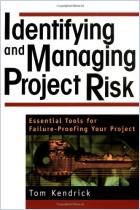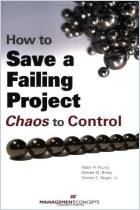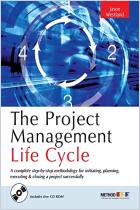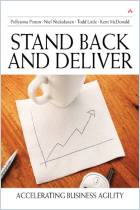Few industrial corporations would consider a success rate of 25% to 35% acceptable, yet this is the average for megaprojects worth $1 billion or more. Edward W. Merrow, an expert on staggeringly big projects, details why many such endeavors fail and what owners can do to ensure that their megaprojects meet their business objectives. Merrow’s book could have been quite dry, considering the subject matter, but it proves to be engaging and revealing instead. getAbstract recommends this informative, interesting read to project directors, sponsors, investors, board members and senior executives at industrial corporations.
When Shell Oil’s Sakhalin-2 Project came in $10 billion over budget, the company’s reputation suffered, and Russia nationalized a sizable part of the project. In 2005, BP’s Thunder Horse platform, located in the Gulf of Mexico, experienced structural failure. When BHP’s Hot Briquetted Iron Project failed in 1999, the company’s market value decreased by more than 50%.
Industrial companies in the “petroleum, chemicals, minerals, power and related industries” usually prevent news about their megaproject disasters from leaking to the public. Yet comprehensive information indicates that 65% of global megaprojects worth $1 billion or more – in 2010 US dollars – failed to meet their commercial objectives. For some megaprojects in certain industries the failure rate is 75%. In the petroleum sector, almost 80% of megaprojects flop.
A megaproject gone bad can decimate a corporation’s shareholders or put it out of business. Yet extensive research indicates that the more crucial a megaproject is to an industrial corporation’s finances, the less likely it is that the company will do all it should to assure the project’s success. This finding stems from 20 years of work by Independent...



















Comment on this summary or 开始讨论